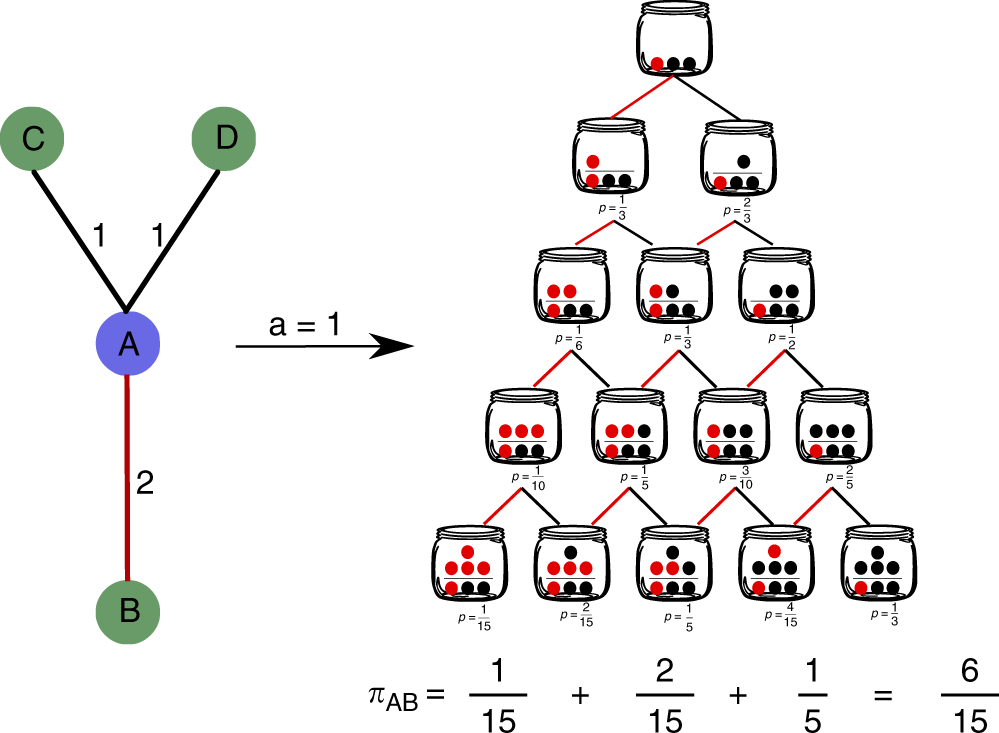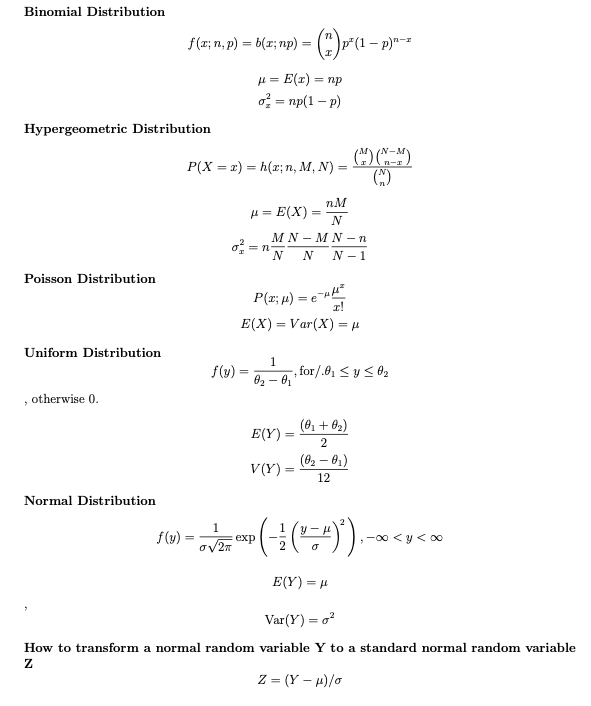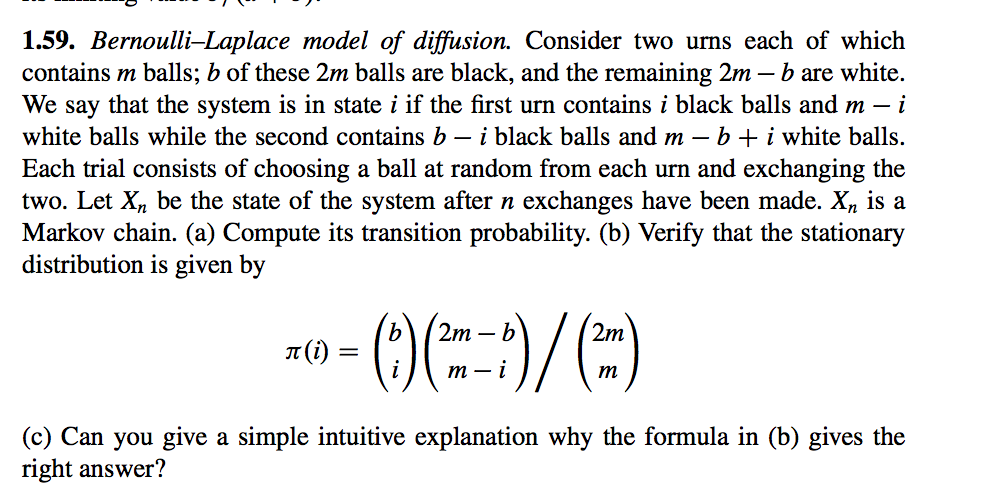
There are two urns A and B.A contains 5 red,3 blue and 2 white balls,urn B contains 4 red ,3 blue and 3 white balls.An urn is choosen at random and a

SOLVED: Suppose that N balls were distributed among n urns such that each ball can fall with the same probability into any one of the urns Find the probability Po(n, N) that

Methods in Combinatorics. Finite, Countable, Discrete. Enumerating objects which satisfy a condition. In short: Counting Stuff → Balls & Urns. - ppt download

Methods in Combinatorics. Finite, Countable, Discrete. Enumerating objects which satisfy a condition. In short: Counting Stuff → Balls & Urns. - ppt download

Solving a question about probability with ordered elements with combinations - Mathematics Stack Exchange

Two balls drawn from an urn containing 2 white, 3 red and 4 black balls one by one without r... - YouTube

Urn I contains 3 white, 2 black and 2 green balls, Urn II contains 2 white, 3 black and 4 green balls, Urn III contains 5 white, 2 black and 2 green

two balls are drawn from an urn containing 2 white 3 red and 4 black balls one by one without replacement. What is the probability that at least one ball is red? - npyced66

An urn contains 2 white and 3 black balls a ball is drawn at random it is white it isn't repla - YouTube

An urn contains nine balls of which three are red, four are blue and two are green. Three balls are drawn at random without replacement from the urn. The probability that the
Twenty-one balls in an urn are numbered 1 through 20. A blind folded contestant draws six ball from the urn, with the order of the draw recorded. What is the probability that
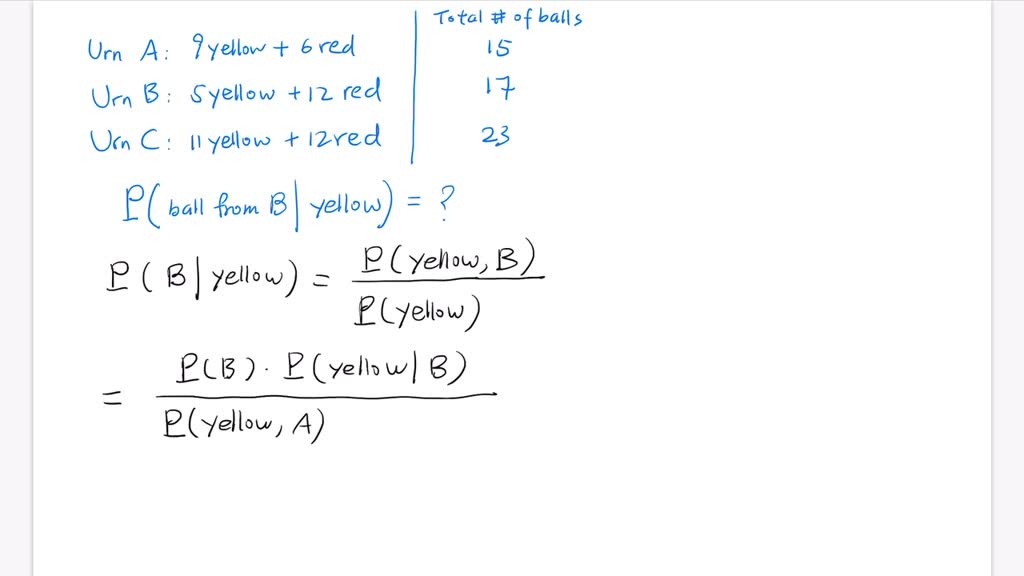
SOLVED: Urn A contains 9 yellow balls and 6 red balls. Urn B contains 5 yellow balls and 12 red balls. Urn C contains 11 yellow balls and 12 red balls. An

Urns used in the experiment: Urns A and B each contain one red ball and... | Download Scientific Diagram

An urn model, in which balls are drawn, recorded and returned to an... | Download Scientific Diagram
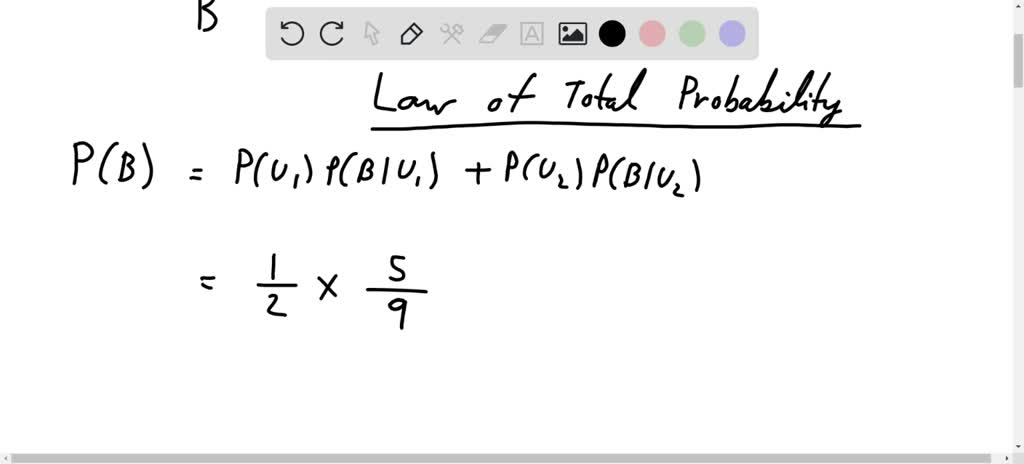
SOLVED: there are two identical urns containing respectively 5 black and 4 red balls, 3 black 3 red and 3 blue balls. An urn is chosen at random and a ball is
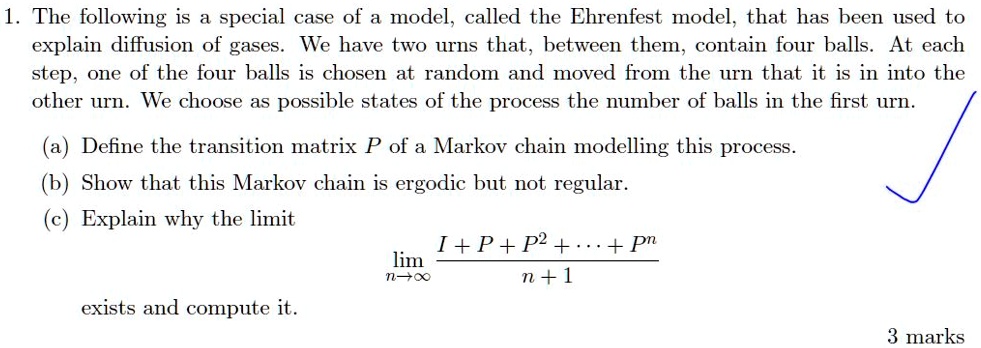
SOLVED: The following is special case of a model, called the Ehrenfest model, that has been used to explain diffusion of gases. We have two urns that, between them, contain four balls.



